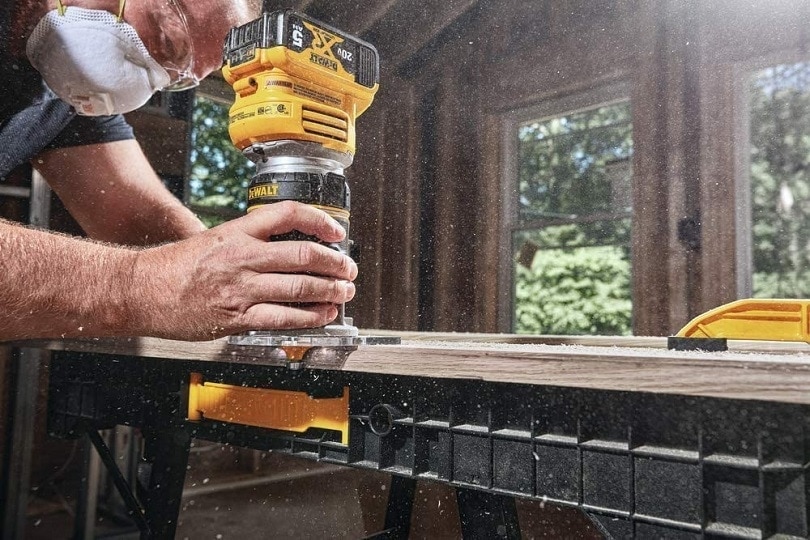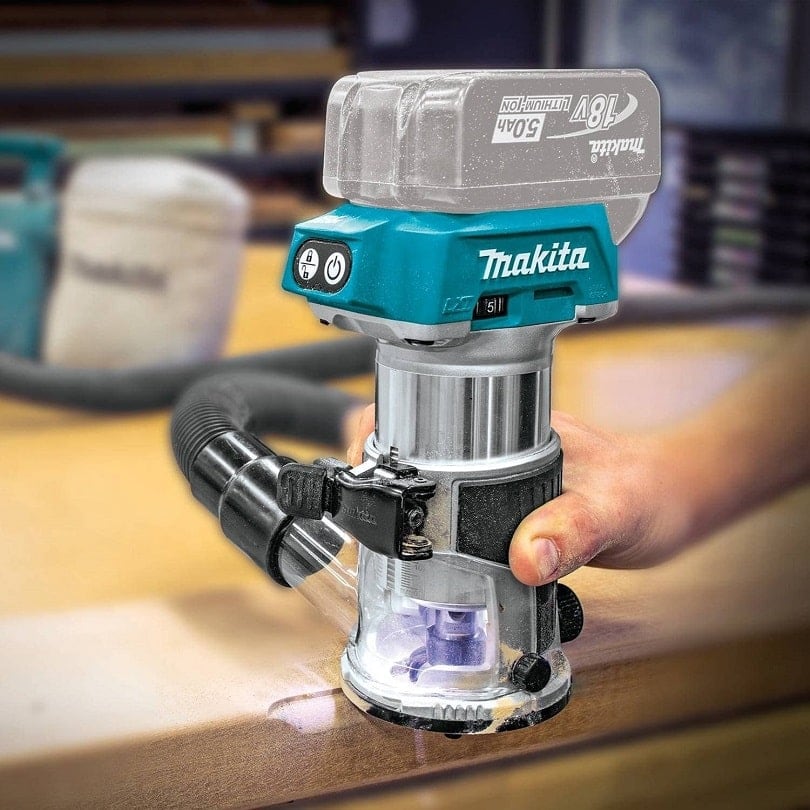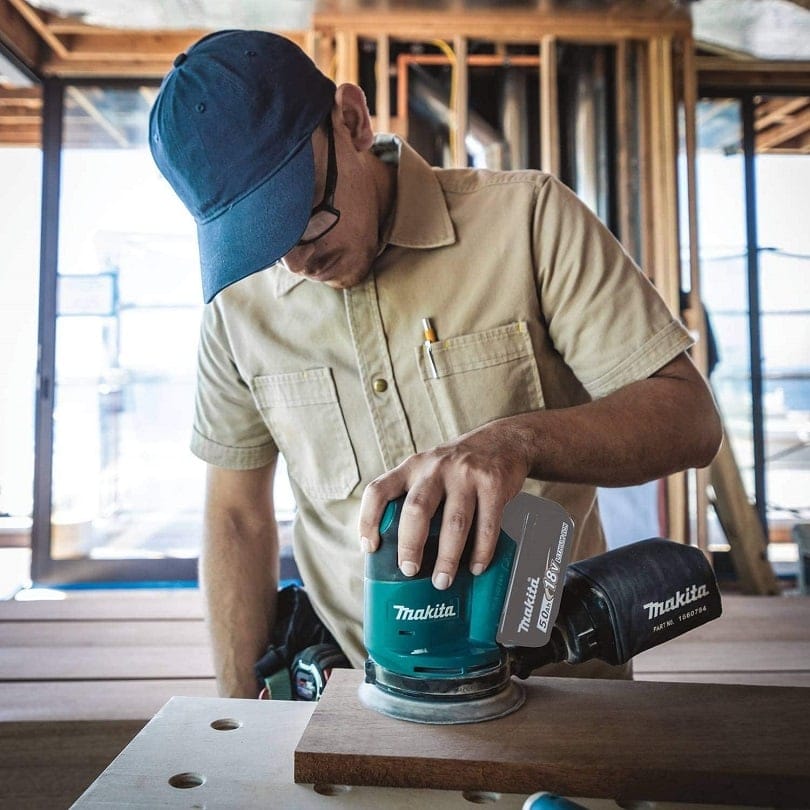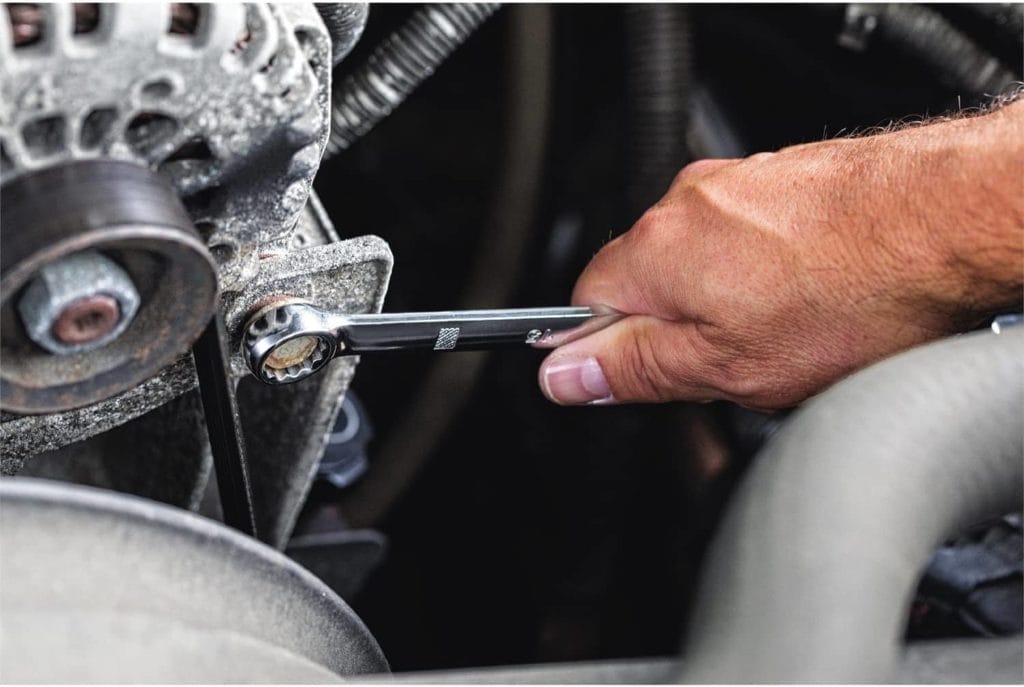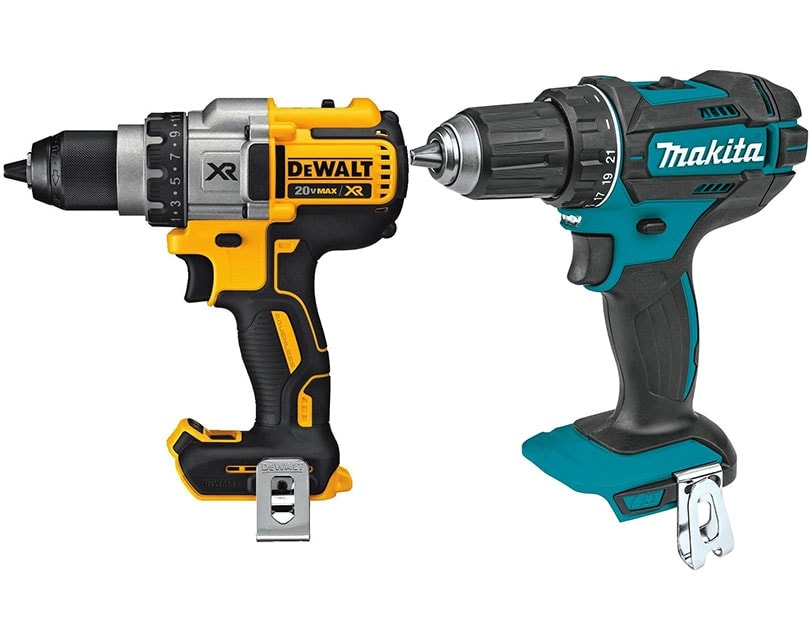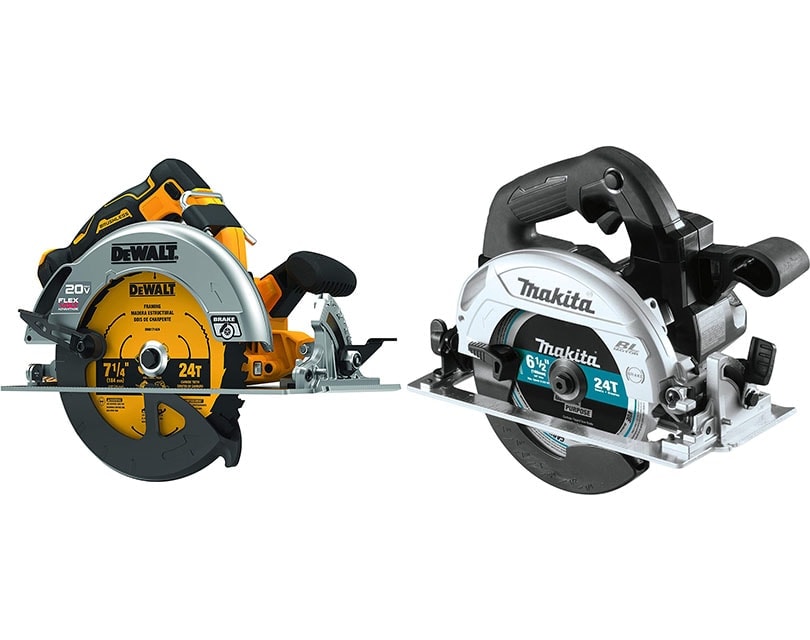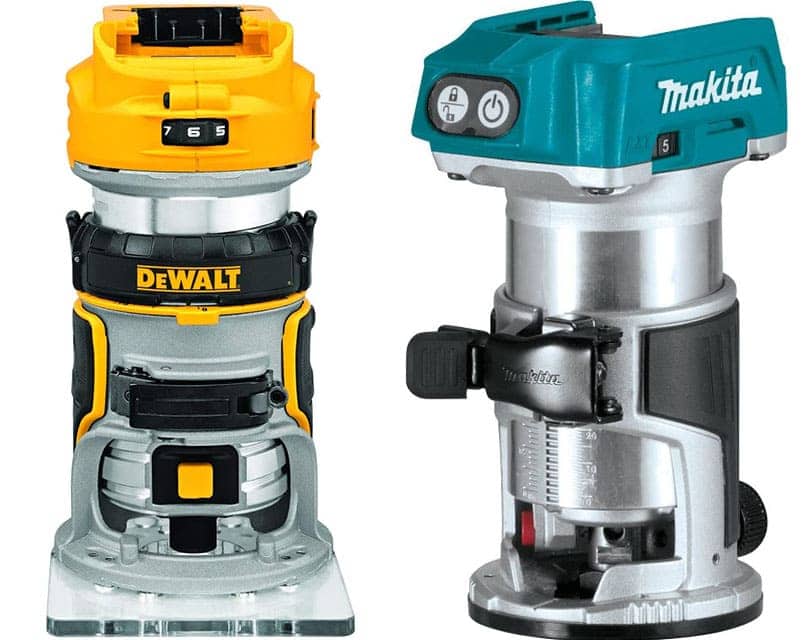DeWalt vs. Makita: Which Power Tool Brand is Better in 2025?
-

- Last updated:
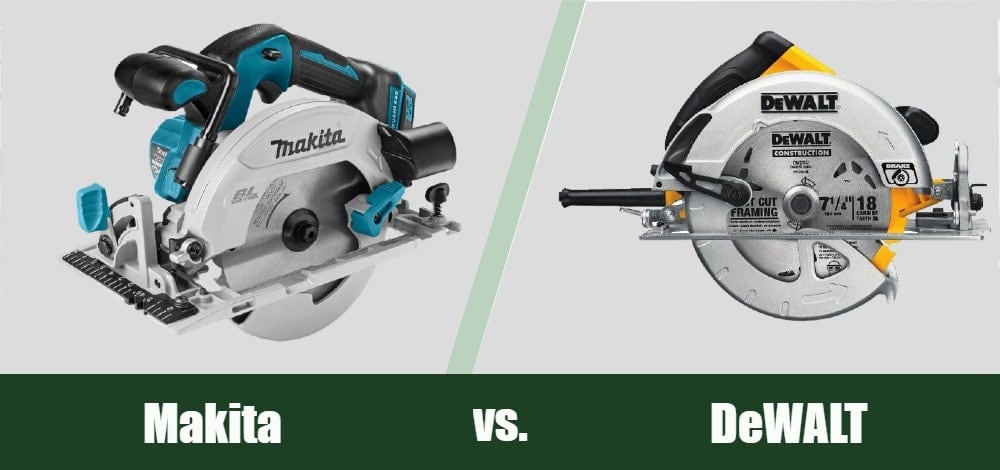

DeWalt and Makita are currently two of the most popular tool manufacturers. Each company makes a wide range of tools, from a simple flashlight to a complex table saw and everything in between. Traditionally, you had to choose between these two brands for each tool, but with the recent advancements in battery-powered portable tools, it’s better to choose one brand and stick with it because you can use the same batteries to power all of your tools. However, that makes the decision more complex and challenging to make.
We will look at both brands and compare products, prices, warranties, and more to help you choose the right brand for your workshop.
A Quick Comparison
Side-by-side rundown of the basic stats and information.
| Image | Product | Details | |
|---|---|---|---|
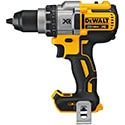
|
DeWalt |
|
CHECK PRICE |
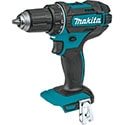
|
Makita |
|
CHECK PRICE |

Brief History of DeWalt
DeWalt officially entered the power tools market in 1942. They set up a shop in Leola, Pennsylvania, and introduced the Wonder Worker, which allowed woodworkers to configure it in nine ways as required for different tasks. DeWalt also sold a dedicated mortiser and jointer. After several years the plant moved to Lancaster and began to expand rapidly.
In 1992, they began offering their first battery-powered cordless tools, and in 1994 they were the first to release an extensive line of over 30 tools that can be powered using the same battery. By 2001, DeWalt had over 200 electric tools and over 800 accessories. In 2013, they introduced brushless motors, which reduce friction and increase power, and they continue to expand and make improvements in battery power, vibration reduction, and more.
Brief History of Makita
Makita is a Japanese company that began in 1915 as a producer of electric motors. They also sold lighting equipment and transformers, with their direct international sales coming from the Soviet Union. In 1958 Makita created the first Japanese electric planer and became a power tool manufacturer in 1959.
In 1969 they made the first battery-powered rechargeable power drill. In the 1970s, they began to expand worldwide and continue to do so today. Their product line rivals that of DeWalt, and they are one of their biggest competitors.
DeWalt vs Makita: Manufacturing
DeWalt
DeWalt’s main plant is in Lancaster, Pennsylvania, and it is the largest production facility. However, several other plants are in the United States, including one in Indiana, Maryland, Connecticut, Kentucky, Tennessee, North Carolina, and South Carolina. DeWalt prides itself on its “Made in the USA” label, though it uses parts that it sources from around the world and has factories outside America.
Makita
The primary Makita plant is in Japan. However, they have many factories around the world, including in the United States. You can also find Makita factories in Canada, Brazil, China, Romania, Mexico, and the United Kingdom, among many others.
DeWalt vs Makita: Product Line
DeWalt
DeWalt is an American Company that builds powerful and durable tools. DeWalt tools rarely fail and are known for their toughness and reliability. They are just as common on a commercial job site as they are at home. However, they are not as innovative as Makita and prefer to develop existing technology.
That is especially apparent in battery-powered tools. Cordless tools were available for many years before DeWalt got involved, but DeWalt introduced more powerful batteries and a line of tools that could all use the same battery, which ushered in the age of the cordless power tool.
Makita
The Makita company is the innovator of the two companies. They were the first to create an electric planer and had invented the rechargeable power drill almost 25 years before DeWalt started making cordless tools. Though companies have been using brushless motors on conveyor belts since the 1960s, Makita was the first to use them in power tools, and it’s become a critical part of cordless tools.
Unfortunately, history shows that Makita tools are not built as tough as a DeWalt, and the plastic housing material is flimsier and easy to crack. The switches aren’t as smooth, and the tools are not as well balanced. Makita’s products don’t produce as much torque, lose charge quicker, and ultimately don’t last as long as DeWalt. They cost less, but you don’t see as many on commercial sites.
Makita usually costs a little less than DeWalt tools. However, both companies have several quality tiers to ensure you can get a tool that fits your budget.
DeWalt vs Makita: Price
DeWalt
DeWalt has several budget tools, like the DWD110K corded power drill, the DXAM-2260 portable air mover, and the DCV517B cordless wet/dry vacuum that you can find for under $100. DeWalt also has an extensive line of high-end tools, like the DWS716 miter-saw, DW735X thickness planer, and the DCD130B cordless drill for concrete mixing.
DeWalt also makes combo kits containing cordless power tools, batteries, a charger, and a storage bag. While the initial cost of these kits may be pretty high, you can get significant per-tool savings.
Makita
Makita has similar pricing to DeWalt, but some of its models are slightly less expensive. They, too, have a great line of budget tools, including the CT232 2-piece cordless drill, GV5010 rotary sander, and XLC02R1B cordless vacuum that you can purchase for under $100. Their high-end products include the XBU02PT1 36-volt blower that comes with four batteries, the XCU03PT1 chainsaw, and the SP6000J1 plunge circular saw.
Makita also has several combo kits that provide tools, batteries, and accessories to cut costs.
DeWalt vs Makita: Warranty
DeWalt
DeWalt comes with a 3-year warranty covering any broken parts caused by manufacturing, and they will also cover the costs of servicing the equipment. You can also upgrade to a 7-year warranty covering all parts and 1 year of cost-free service for fixing damage caused by normal wear. Either choice comes with a 90-day money-back guarantee.
Makita
Makita has a basic 1-year warranty for most tools that protects the tool against defects from workmanship and materials. Their emission-related tools have a 2-year warranty covering additional components like fuel metering, air induction, and ignition systems. A 3-year warranty comes with their battery and charger.
DeWalt vs Makita: Customer Service
DeWalt
We’ve found customer service helpful and quick to respond when Dealing with DeWalt. They usually take time to listen to your problem and offer practical advice. If the tool doesn’t work correctly, they will often replace it, usually at their expense, so there’s little to worry about if your tool isn’t working correctly.
Makita
Makita also has good customer service with friendly representatives, but it’s not always easy to reach help quickly with so many companies worldwide. There is also a higher risk of a language barrier when explaining your problem or receiving advice, and they are not as fast to replace products free of charge.
Head-to-Head: Cordless Drill
DeWalt DCD991B 20-Volt vs Makita XFD10Z 18-Volt 
The DeWalt is a full pound heavier than the Makita, so that might be something to consider if you use the drill for long sessions. It also loses its charge quicker and is quite a bit more expensive. The Makita has a more compact design that will fit into smaller areas, and both tools have a bright LED headlight to help illuminate the surface in low-light conditions.
However, the DeWalt uses a brushless motor and provides more control over the revolutions per minute (RPM). It also has a hammering action for drilling into concrete.
Our Verdict
DeWalt DCD991B Cordless Drill
Head-to-Head:
DeWalt DCS573B Circular Saw vs Makita XSH04ZB Circular Saw
The DeWalt DCS573B Circular Saw and Makita XSH04ZB Circular Saw are much closer in price than the drills. The DeWalt uses a larger blade and reaches a slightly higher RPM. It can also cut slightly deeper.
However, these advantages are minor and hardly noticeable when using the tools side-by-side. What is apparent is the comfortable grip and lighter weight of the Makita, pushing it slightly ahead. We also felt that the Makita produced a nicer edge.
Our Verdict
Makita XSH04ZB Circular Saw
Head-to-Head: Cordless Routers
DeWalt DCW600B vs Makita XTR01Z
The cordless router is another area where the DeWalt version is considerably more expensive than the Makita, and if you don’t intend to use it much, it can be the decision-maker. Both tools use brushless motors, built-in LED headlights, and a soft start mechanism to prevent jumping when you start cutting.
The Makita is capable of slightly higher speeds, but it lacked the DeWalt’s torque, and it would often bog down when cutting hardwoods, severely limiting its versatility. It’s also harder to adjust the depth of cut on the Makita, and this is one occasion where the Makita weighs more and is clunky to maneuver.
Our Verdict
DeWalt DCW600B Cordless Router
Overall Brand Reputation
Performance
Edge: DeWalt
DeWalt tools consistently perform better than Makita. They have larger, stronger motors that allow you to drill into harder surfaces, cut harder wood, or push more leaves. Rapid advances in battery power are improving performance even more.
Price
Edge: Makita
In almost every case, the Makita will be less expensive when comparing similar DeWalt and Makita tools. The savings can be dramatic and warrant a slight loss in performance if you don’t intend to push the tool too hard. For light-duty drilling or cutting, Makita is a strong contender.
Durability
Edge: DeWalt
Even though Makita is not the flimsy foreign tool of a few decades ago, DeWalt is the clear winner in the durability category, with many of their tools able to take drops and falls. DeWalt uses thick housing materials and high-quality components that won’t crack or wear out.
Design
Edge: Makita
Makita gets the award for the best design. Most of their lightweight tools emphasize ergonomics for a comfortable work environment that allows higher precision. Their compact design allows you to work in tight places you may not reach with a heavy and bulky DeWalt.

Conclusion
When comparing a DeWalt to a Makita, your personal needs will play a big part in the final decision. If you only require a tool to do an occasional odd job around the house, you will likely appreciate the lower cost, lighter weight, and comfortable design of the Makita. However, if you have a workshop you spend a lot of time in or find yourself doing larger projects, you will likely feel better about saving up some extra money for a DeWalt to get a significant boost in power, reliability, and durability.
We hope you have enjoyed our look into these two popular tool makers and have picked a brand for your home. If we have helped answer your questions, please share this guide on the better power tool brand, Makita or DeWalt, on Facebook and Twitter.
- See Also: Ryobi vs. Milwaukee: Which Power Tool Brand Is Better
- See Also: Ridgid vs. DeWalt: Which Power Tool Brand is Better
Contents
